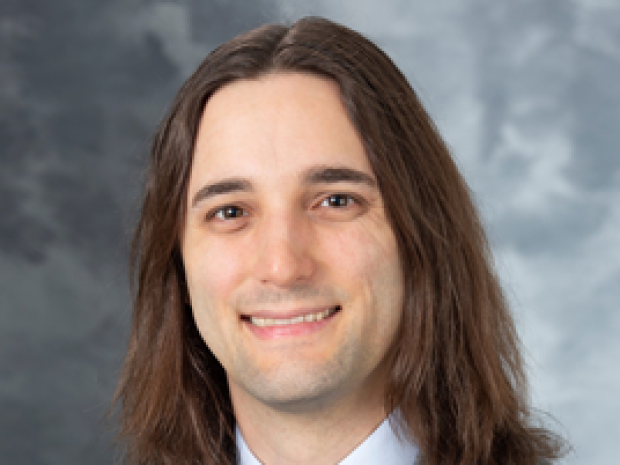Teaching Old Electrocatalysts New Tricks: Merging Concepts from Thermal Catalysis and Molecular Synthesis

Speaker
Jason Bates
NIH Postdoctoral Fellow
University of Wisconsin-Madison
Abstract
Decarbonizing the energy and chemical industries motivates the development of new catalytic technologies that use renewable energy inputs, alternative feedstocks, and spatially distributed production modalities. In this context, electrocatalysts are tasked with producing fuels, chemicals, and energy by mechanisms that fundamentally differ from those of electrolyzer and fuel cell technologies, and the thermocatalytic technologies of incumbent petrochemical processes. In this presentation I will show how concepts from thermal and molecular catalysis can stimulate new approaches for the synthesis and application of a class of heterogeneous electrocatalysts known as M-N-Cs, or metals incorporated into nitrogen-doped carbon. M-N-Cs (e.g., M = Fe, Co) catalyze electrochemical reduction of O2, such as in fuel cells, and catalyze thermochemical reduction of O2 using hydroquinone (HQ) as the source of reducing equivalents. Kinetic studies reveal an unexpected mechanism for HQ-mediated O2 reduction through a direct chemical pathway facilitated by a catalyst microenvironment modified by adsorbed HQ species. This alternative mechanism circumvents the rate–potential relationship observed for electrocatalytic O2 reduction, opening new opportunities to design fuel cell systems that reduce O2 with higher energy efficiency (i.e., lower overpotential). In a complementary effort, Fe-N-C heterogeneous catalysts were prepared to contain atomically dispersed metal active sites by adapting synthetic strategies used to metalate molecular macrocycle catalysts under solution-phase conditions and milder temperatures (150 °C) than those of conventional pyrolysis-based preparation routes (600–1100 °C). These well-defined Fe-N-C catalysts directly implicate atomically dispersed FeNx moieties as the active sites for aerobic oxidation reactions. These studies show how thermochemical and molecular concepts can be leveraged to understand and improve the structure and function of electrocatalysts that are critical for next-generation energy and chemical conversion processes.
Bio
Jason S. Bates received his B.S. in Chemical Engineering at the University of Kansas in 2014 and a Ph.D. in Chemical Engineering at Purdue University in 2019, under the supervision of Rajamani Gounder. He is currently an NIH postdoctoral fellow at the University of Wisconsin–Madison in the Department of Chemistry, under the supervision of Shannon S. Stahl. His research explores the fundamentals of heterogeneous (electro)catalysis in areas relevant to decarbonization of the energy and chemical industries.


